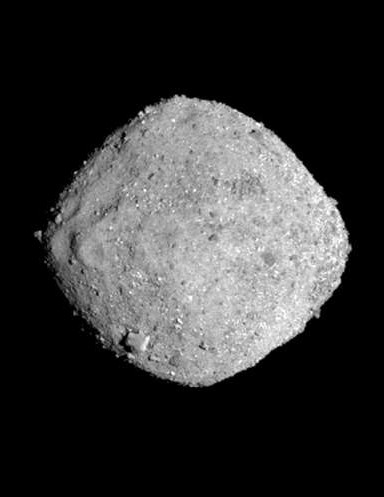Space water hints at ocean origin
 The James Webb Space Telescope has spotted water surrounding a unique comet.
The James Webb Space Telescope has spotted water surrounding a unique comet.
The highly anticipated findings, unveiled in the journal Nature, have sent waves of excitement through the astronomical community.
Located within the primary asteroid belt nestled between the planets Mars and Jupiter, Comet Read (officially designated as Comet 238P) has become the first main belt comet to be detected with a water vapour presence.
This monumental discovery provides compelling evidence that water within our solar system can endure as ice within this region.
Stefanie Milam, the deputy project scientist for planetary science and a co-author of the study, expressed her excitement, saying; “By comprehending the historical distribution of water within our solar system, we may unlock the mysteries of other planetary systems and their potential to harbour Earth-like planets”.
The question of the origin of water on the “water-soaked world” of Earth has long perplexed scientists.
Until now, it had been widely assumed that comets primarily originated from the Kuiper Belt and Oort Cloud, regions situated beyond the orbit of Neptune.
The substantial distance from the Sun in these areas served as a means of preserving the ice on comets, NASA says.
However, the Webb telescope, fueled by rampant speculation, has shattered these preconceptions by confirming the preservation of water ice in the comparatively warmer asteroid belt encircling Jupiter's orbit.
In an unexpected twist, astronomers have encountered another revelation concerning Comet Read - it lacks any detectable traces of carbon dioxide, a component that typically constitutes approximately 10 per cent of a comet's volatile material and is susceptible to vaporisation under the Sun's scorching heat.
Scientists have proposed two plausible explanations for this absence of carbon dioxide.
One hypothesis suggests that Comet Read possessed carbon dioxide when it formed but gradually lost it due to elevated temperatures.
“Spending an extended period within the asteroid belt could explain this phenomenon, as carbon dioxide is more prone to vaporisation than water ice and may have dissipated over billions of years,” explained Michael Kelley, astronomer and lead author of the study.
It is also possible that Comet Read may have developed within a warm pocket of the solar system devoid of carbon dioxide. This idea offers an intriguing avenue for further exploration.
To broaden their understanding, scientists plan to compare their findings from Comet Read with other main belt comets.
“Having established that water is preserved in proximity to the asteroid belt, it would be truly captivating to embark on a sample collection mission, delving into the depths of main belt comets and unravelling the secrets they hold,” Milam said.







 Print
Print